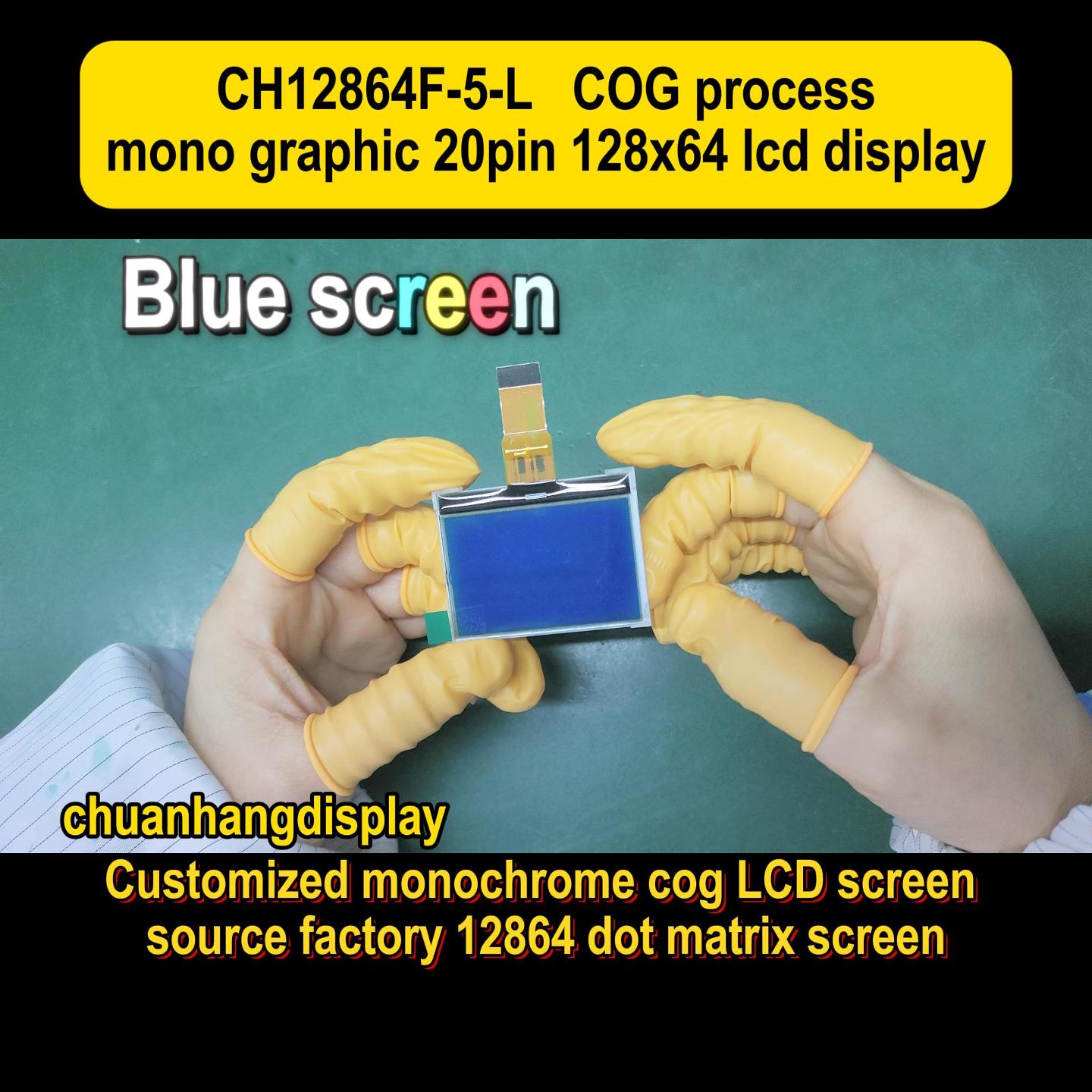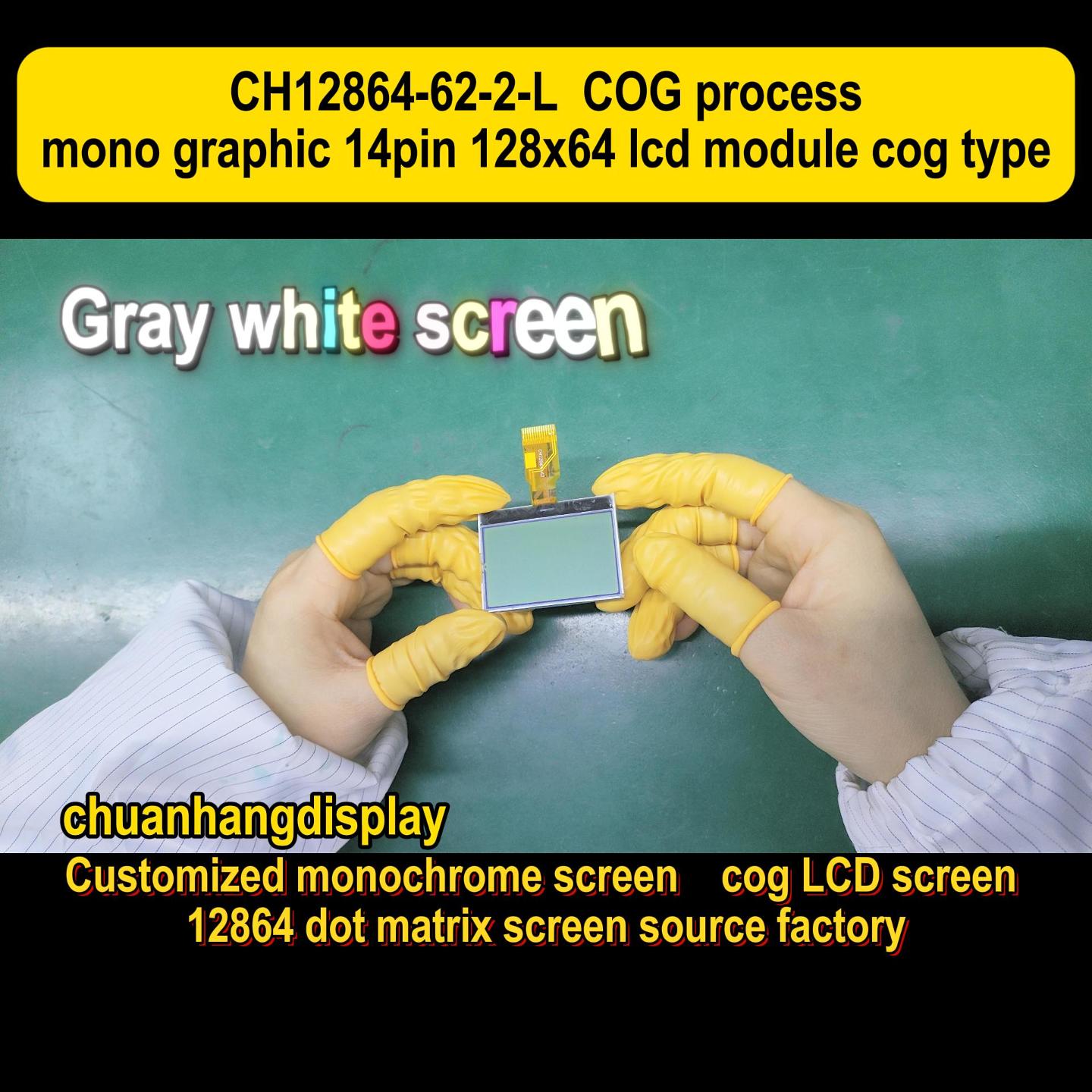In today's fast-paced digital world, interactive displays have become an integral part of our daily lives, from smartphones and tablets to industrial controls and medical devices. Among the various technologies available, the TFT display touch screen stands out as a popular choice due to its versatility and performance. But what exactly makes this technology so prevalent? This article delves into the essentials of TFT display touch screens, covering their definition, functionality, benefits, applications, and more. We'll also highlight how brands like Chuanhang Display are driving innovation in this field. By the end, you'll have a comprehensive understanding of why TFT display touch screen solutions are transforming user interfaces across industries.

A TFT display touch screen combines a Thin-Film Transistor (TFT) liquid crystal display with a touch-sensitive overlay, enabling users to interact directly with the screen through touches or gestures. TFT technology itself is a type of active-matrix LCD that uses thin-film transistors to enhance image quality, providing sharper colors, faster response times, and better contrast compared to traditional displays. When integrated with a touch screen—often using resistive, capacitive, or infrared methods—it creates a responsive and intuitive interface. This fusion is why TFT display touch screen devices are common in consumer electronics, such as smartphones and tablets, where high-resolution visuals and seamless interaction are crucial. Essentially, the TFT display touch screen serves as the backbone for modern interactive devices, offering a balance of performance and affordability.
The operation of a TFT display touch screen involves two main components: the TFT LCD panel and the touch sensor layer. The TFT LCD uses a grid of tiny transistors—one for each pixel—to control the light passing through liquid crystals, resulting in vibrant and dynamic images. This is achieved by applying electrical signals that adjust the orientation of the crystals, allowing precise color and brightness management. Meanwhile, the touch screen layer detects user input through various technologies. For instance, capacitive touch screens—common in smartphones—respond to the electrical properties of a finger, while resistive types use pressure-sensitive layers. When combined, these elements enable real-time interaction; for example, tapping an icon on a TFT display touch screen triggers a signal that the device's processor interprets, updating the display accordingly. This synergy ensures smooth, lag-free performance, making TFT display touch screen interfaces ideal for applications requiring high usability, such as gaming or point-of-sale systems.
The widespread adoption of TFT display touch screens can be attributed to several key advantages. First, they offer superior image quality with high resolution and wide viewing angles, thanks to the TFT technology's ability to produce bright, consistent colors. This makes them perfect for multimedia and graphic-intensive tasks. Second, TFT display touch screen units are highly responsive, with fast refresh rates that reduce motion blur—essential for video playback or gaming. Third, they are energy-efficient, as TFTs only power individual pixels when needed, extending battery life in portable devices. Additionally, touch integration enhances user experience by eliminating the need for external peripherals like keyboards, streamlining operations in settings like kiosks or automotive dashboards. Durability is another plus; many TFT display touch screen models are designed to withstand harsh environments, including temperature variations and physical impacts. Brands like Chuanhang Display often incorporate ruggedized features, ensuring reliability in industrial or outdoor use. Overall, the TFT display touch screen provides a cost-effective solution that doesn't compromise on performance.

TFT display touch screens have found applications across a diverse range of industries, thanks to their adaptability and efficiency. In consumer electronics, they are the standard in smartphones, tablets, and laptops, where users expect intuitive touch controls and crisp displays. The automotive sector uses TFT display touch screen systems for infotainment consoles and dashboard controls, enhancing driver convenience and safety. In healthcare, medical devices like patient monitors and diagnostic equipment rely on these screens for accurate data visualization and easy operation, which can be critical in emergency situations. Industrial automation benefits from TFT display touch screen interfaces in control panels and machinery, allowing operators to monitor processes and make adjustments swiftly. Retail and hospitality also leverage this technology in point-of-sale terminals and self-service kiosks, improving customer engagement. Companies like Chuanhang Display supply customized TFT display touch screen solutions for these sectors, ensuring they meet specific requirements such as sunlight readability or waterproofing. This versatility underscores why the TFT display touch screen is a go-to choice for modern interactive systems.
Over the years, TFT display touch screen technology has evolved significantly, driven by demands for better performance and new features. One major advancement is the integration of higher resolution displays, such as Full HD and 4K, which deliver stunning visuals for applications like gaming and virtual reality. Innovations in touch sensitivity have led to multi-touch capabilities, allowing for gestures like pinch-to-zoom, which enhance user interaction. Energy efficiency has also improved, with low-power TFT variants extending the battery life of mobile devices. Additionally, the development of flexible and curved TFT display touch screen options has opened up new possibilities in wearable technology and innovative product designs. Durability enhancements, including scratch-resistant coatings and improved environmental resilience, make these screens suitable for extreme conditions. Brands like Chuanhang Display are at the forefront, incorporating advanced materials and manufacturing techniques to produce reliable TFT display touch screen products. These innovations ensure that TFT display touch screen technology remains competitive against emerging alternatives like OLED, offering a robust solution for future applications.
When selecting a TFT display touch screen, the manufacturer plays a crucial role in quality and reliability. Chuanhang Display has established itself as a trusted provider in this space, offering a wide range of TFT display touch screen solutions tailored to various needs. Their products are known for high brightness, excellent color accuracy, and robust touch responsiveness, making them ideal for both consumer and industrial applications. Chuanhang Display emphasizes innovation, incorporating the latest TFT display touch screen technologies to ensure longevity and performance. For instance, they offer custom sizes and specifications, allowing businesses to integrate seamless displays into their devices. Customer support and after-sales service are also strengths, with Chuanhang Display providing technical assistance for integration and maintenance. By choosing Chuanhang Display for your TFT display touch screen needs, you benefit from a partner committed to quality and cutting-edge development, helping you stay ahead in a competitive market.
In summary, the TFT display touch screen is a cornerstone of modern electronics, offering a blend of high-quality visuals, responsive interaction, and versatility across industries. From understanding its basic workings to exploring its advantages and applications, it's clear why this technology remains dominant. As advancements continue, we can expect even more innovative uses and improvements. Brands like Chuanhang Display are pivotal in pushing these boundaries, ensuring that TFT display touch screen solutions meet the evolving demands of users worldwide. Whether you're a developer, business owner, or tech enthusiast, embracing TFT display touch screen technology can unlock new levels of efficiency and engagement.
Q1: What is the main difference between a TFT display and a regular LCD?
A1: A TFT display is a type of LCD that uses thin-film transistors to control each pixel individually, resulting in better image quality, faster response times, and higher contrast compared to passive-matrix LCDs. When combined with a touch screen, it becomes a TFT display touch screen, offering interactive capabilities.
Q2: How long does a typical TFT display touch screen last?
A2: The lifespan of a TFT display touch screen varies based on usage and environment, but it generally lasts between 30,000 to 50,000 hours of operation. Brands like Chuanhang Display often design their screens with durable components to extend longevity, especially in industrial settings.
Q3: Can a TFT display touch screen work in outdoor conditions?
A3: Yes, many TFT display touch screens are built with high-brightness panels and anti-glare coatings to ensure visibility in sunlight. Additionally, some models from suppliers like Chuanhang Display feature waterproof and temperature-resistant designs for reliable outdoor use.
Q4: What are the common types of touch technology used in TFT display touch screens?
A4: The most common types include resistive touch (which responds to pressure) and capacitive touch (which senses conductive inputs like fingers). Capacitive is popular for its multi-touch support and sensitivity, making it a standard in modern TFT display touch screen devices.
Q5: How do I maintain and clean a TFT display touch screen?
A5: To maintain a TFT display touch screen, use a soft, lint-free cloth slightly dampened with water or a mild screen cleaner. Avoid harsh chemicals and excessive pressure to prevent damage. Regular cleaning helps preserve touch sensitivity and display clarity, ensuring optimal performance.